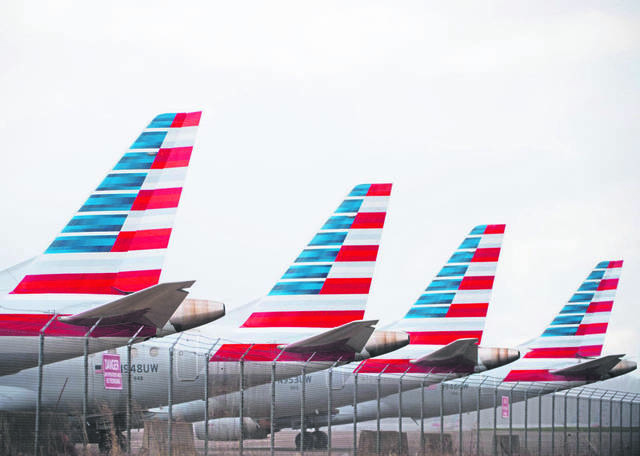Editorial: Pittsburgh's airport can pivot for new turbulent reality
Delays, cancellations and reroutes at an airport are part of the routine.
That’s why there are the big boards that tell not just at which gate a flight is arriving or departing but whether that is happening on time or not at all — because nothing is a given.
Including a $1 billion investment and renovation.
The massive makeover planned for Pittsburgh International Airport is one of those arrivals that won’t be sliding into the gate on schedule.
It isn’t much of a surprise. If the coronavirus pandemic has hit every industry for good or ill like an electric shock, the airline industry has been hit with a bolt of lightning.
Allegheny County Airport Authority CEO Christina Cassotis said Monday the project, which included a new landside terminal, was postponed “until it made sense.”
It definitely does not make sense now. Cassotis said traffic at the airport is down 95%, which is consistent with gloomy pictures of the industry across the country. When the whole world shuts down, travel grinds to a halt.
That dramatic drop doesn’t just change the amount of traffic at the airport. It strangles the amount of money flowing through it, meaning less is available for the renovation, which was set to be funded through a combination of sources including charges from the airlines and money generated at the airport itself. Fewer people means fewer dollars to make that happen.
The timing works for Pittsburgh in a way that might not in other cities. The Denver International Airport’s contentious $1.8 billion project just restarted in March after finding a new construction company. LaGuardia in New York is four years into a multibillion-dollar project that has at least two years left to completion. JFK, Newark, Chicago’s O’Hare and Los Angeles’ LAX are all in various stages of projects that frankly dwarf Pittsburgh’s.
But just like a flight delay can ground a plane until bad weather has passed, this pause could put Pittsburgh in a position other airports might envy.
In a post-pandemic world, air travel may be among the things that must change the most radically. Airlines are losing as much as $400 million per day right now, despite the $32 billion in grants and $29 billion in assistance from the federal CARES Act.
The authority will be able to reevaluate renovation plans, making tweaks that work better for what airlines, passengers and the government want going forward. Think of the changes to airports after Sept. 11, 2001. What if an airport finished its renovation on Sept. 10? What if it was set to start Oct. 1? What pieces would officials want to move?
It will also be able to look at the situation critically, judiciously and practically. Today’s airport is a 1992 design built to serve US Airways’ hub-and-spoke system, a model that vanished along with that airline. The renovation on the table — fewer gates and more efficiency — is what Cassotis and others said would serve the future. But with the future changed, the priorities will be rerouted, along with the timelines.
The project is just delayed right now. With the right attention and piloting, it can still land safely.
Remove the ads from your TribLIVE reading experience but still support the journalists who create the content with TribLIVE Ad-Free.

